Time machines
Munich — It is supposedly unwise to meet your heroes. In this case, crawling through Munich’s rush-hour traffic while up-close-and-personal with a legend has made cracks appear in my rose-tinted glasses.
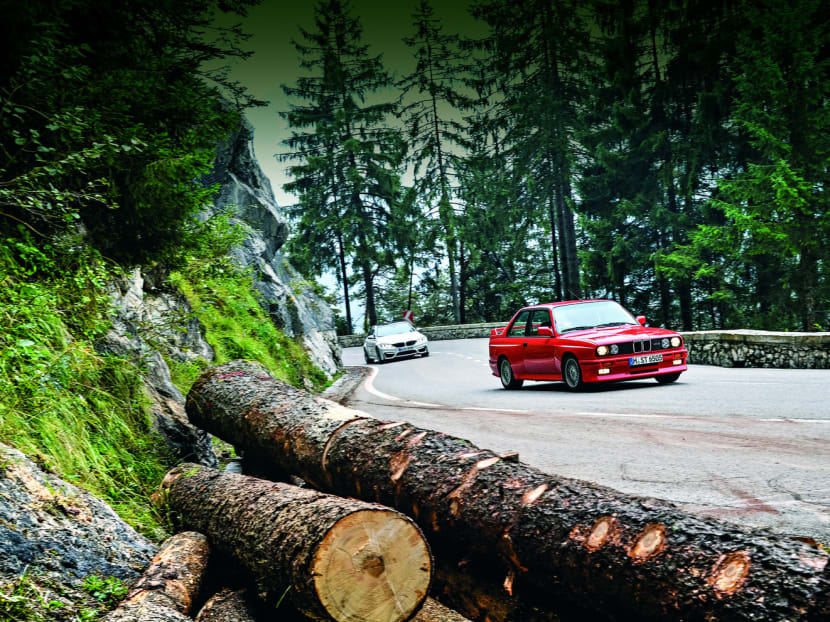
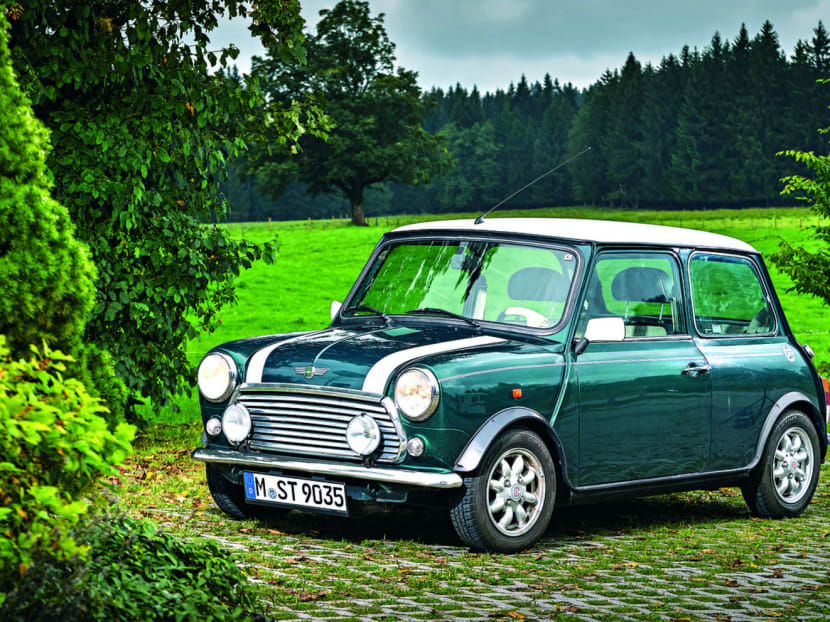
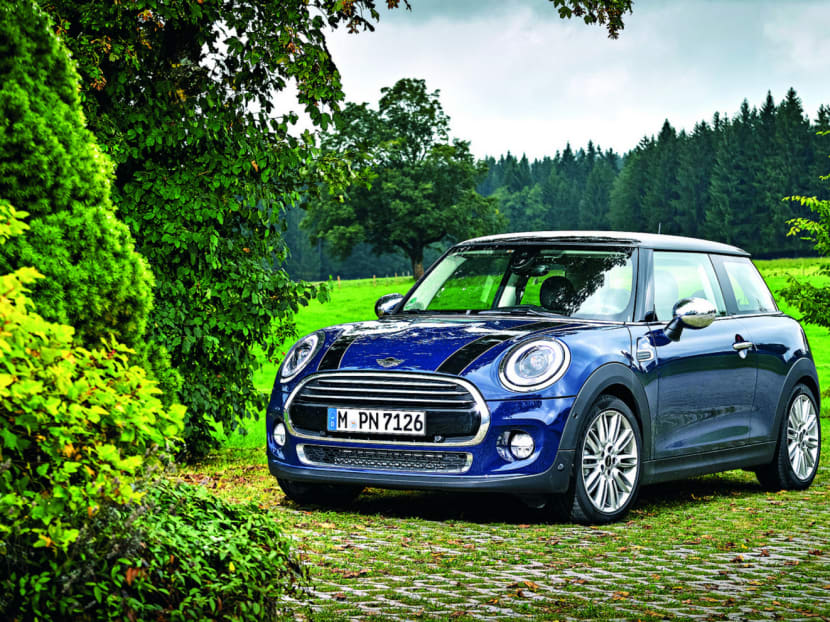
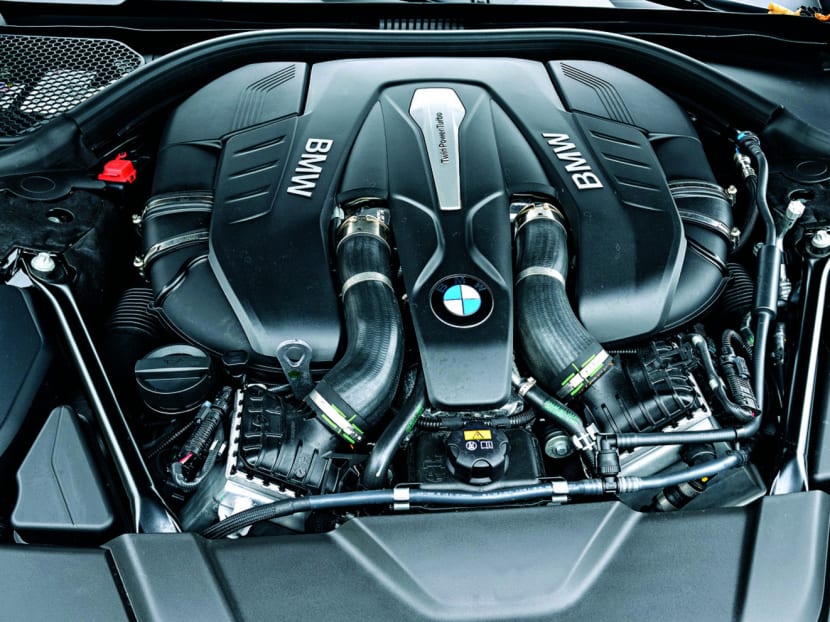
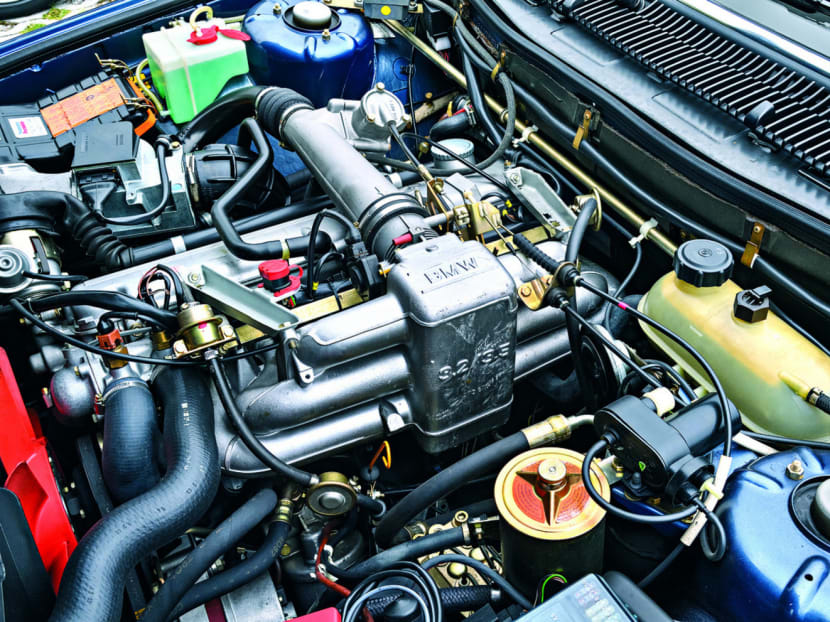
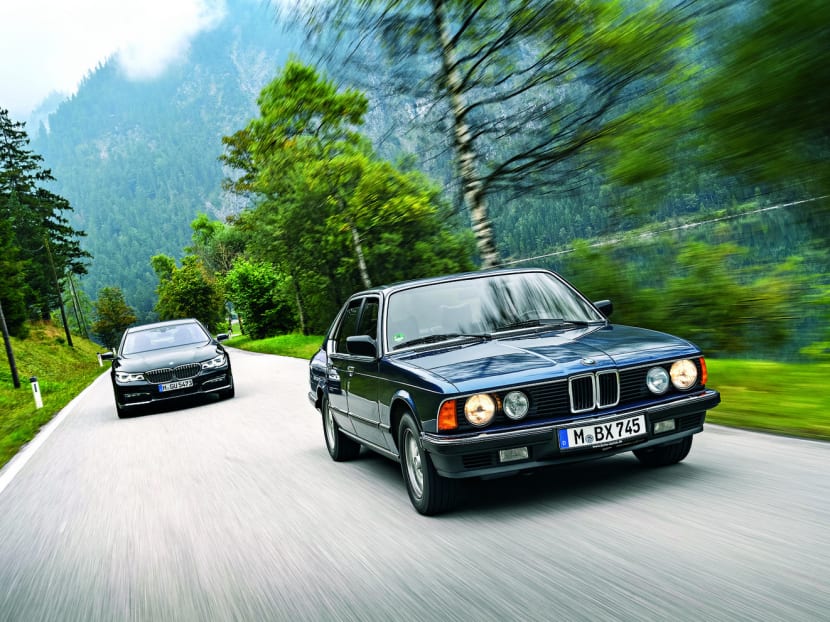
Munich — It is supposedly unwise to meet your heroes. In this case, crawling through Munich’s rush-hour traffic while up-close-and-personal with a legend has made cracks appear in my rose-tinted glasses.
The legend in question isn’t a person, but a car: A 1987 BMW M3, the first high-performance version of the brand’s 3 Series sedan, commonly known by its codename E30. It is generally regarded as one of the finest driver’s cars ever made, and a well-maintained example can easily fetch US$60,000 (S$81,000). In the United States, that sort of money would buy you something like a BMW X5, which costs S$343,800 with COE in Singapore.
On deserted Alpine roads, the E30 M3 delivers what is close to driving nirvana. Stuck in a traffic jam, however, it strikes me that the things that make old cars fun to drive are on the flip side of the coin that make modern cars what they are.
It is not just about the hundreds of “normal” cars in traffic with me, but also the long line of evolution the M3, like many other icons, has gone through.
The end of that line is quite easy to spot, in this case. All I have to do is glance at the rear-view mirror. Just past the E30’s prominent, red spoiler is the latest, fifth-generation M3, which was launched last year.
ANCESTOR WORSHIP
Our drive in the progenitor/modern progeny pair was organised by BMW Classic, the arm of the German luxury car brand that takes care of the company’s fleet of old-timers, as cars that are more than 30 years old are known in Germany. Besides the pair of M3s, we also drove two other pairs of icons: The first edition of BMW’s flagship limousine, a 1977 BMW 745i, alongside a 2016 BMW 750Li, plus the last original Mini, of 1992 vintage, next to a 2015 Mini Cooper hatchback (the BMW Group owns Mini).
While the E30 is the stand-out example, the original Mini and 7 Series are engaging drives for very much the same reasons, if differing in their presentation: All are simple to operate, have excellent visibility and feel “analogue” or predictable to drive. But there are obvious flipsides to that, and they exist for very good reasons.
One of the most underrated aspects of driving performance is vision. If you cannot see properly, you cannot drive properly. In the 745i, a luxury limousine, the view from the driver’s seat is panoramic and despite the thoroughly refined, almost boat-like handling, one never worries that it may be too wide for smaller Alpine trails, thanks to its tall, upright windscreen and broomstick-thin A-pillars.
The current 750Li feels huge in comparison. The cabin envelops the driver and you sink in, surrounded by the high doors and thick pillars. It does not make driving on tight roads impossible, but the going is more conservative and careful.
A cluttered view is unfortunately the norm for today. Cars are built much stronger now to improve survivability, which is the purpose of crash tests.
These tests include rollover and impact against elevated objects (a truck trailer, for example), which means stronger, thicker pillars are needed all around. And features such as side or curtain airbags mean they become even bigger.
Meanwhile, to help aerodynamics, the classic sedan shape has become more sloped at both ends. But this makes visibility trickier. Cars that cater to the craze for coupe-like styling, such as the BMW X4 or Mercedes-Benz GLC, illustrate this with sports-car visibility on something that is ostensibly a sport utility vehicle.
The question of which is more important is easily answered, though. If you were to crash each of these new/old pairs into each other, the occupants in the more modern examples would stand a better chance of survival.
JET SONS
The other great thing about old cars, even special ones like the M3, is that they usually have enough power to make spirited driving a rollercoaster-fun ride instead of a horror-house experience. Like the classic Mini, you feel like you are truly driving the car, not the other way around.
The E30 makes just 200hp, less than a modern Volkswagen Golf GTI, and its non-turbocharged engine is pleasing to the ear and soul — and very fun to push to its rev limit.
Try doing that on public roads in the new M3 and you will back down far before the car does. It is almost ridiculous, but the new M3 has more than twice the power (420hp) and is very capable at everything: Accelerating, braking and cornering hard enough to make your insides hurt.
Obviously, this is a combination of a number of technology leaps — chassis, tyres, electronics — but most obvious is the engine.
The new M3 is a bit of a heathen. Being turbocharged, it goes against the previous ethos of BMW M. But the choice is almost between having a 420bhp monster and nothing at all, because of emissions regulations and the fact that you simply cannot have a performance car — or indeed any sort of car — that is less powerful than its predecessor.
Turbocharging, direct injection, start-stop are the results of efforts to meet increasingly strict emissions and efficiency requirements — BMW calls its technology EfficientDynamics — but those technologies, and others like weight reduction and hybrids, are the future for all cars.
And lest we think emissions regulations are for the most advanced first-world economies, Singapore will adopt the Euro VI standards for emissions in September next year, and it is a challenge that other brands, especially non-luxury ones, will struggle with.
Not so BMW, which already has a near-complete line-up of compliant turbocharged engines. And despite the company’s old-time reputation for making excellent non-turbocharged engines, the classic 745i already had a turbo and enjoyed the benefit of more power from less capacity.
ELECTRIC BLUES
But what really sets the new cars apart are their intelligent features. They have lots of onboard computers to control everything from the engine to the safety systems that keep all that power in check, sensors and cameras to help build a picture of the outside world, and their infotainment systems are powered by Nvidia GPUs (graphics processing units), similar to those used in tablets and PCs.
All of this makes modern cars tremendously flexible. The new M3 might be extremely powerful, but it can also go from demonic to docile at the push of a button. In the meantime, 750Li occupants can control the entire ambience of the rear cabin, from the interior lights to blinds, with an integrated Samsung tablet.
All the new machines preserve the essence or reason of being that their forefathers began, but they have also become much more alike at the same time.
Put a classic Mini and 7 Series side-by-side and the experience is vastly different — one is a city car, the other a luxury limousine.
But the new Mini Cooper does much of what the new 750Li can, with features like adaptive cruise, collision warning, heads-up display and more, thanks to the BMW Group’s economies of scale and common technology platforms.
The gulf of time proves that engineering still matters and car manufacturing involves making the best use of the technology of the day.
While there are tradeoffs that have been made, what can be done, in this day and age, is pretty amazing — never more so than when you can see and feel what cars used to be like.





